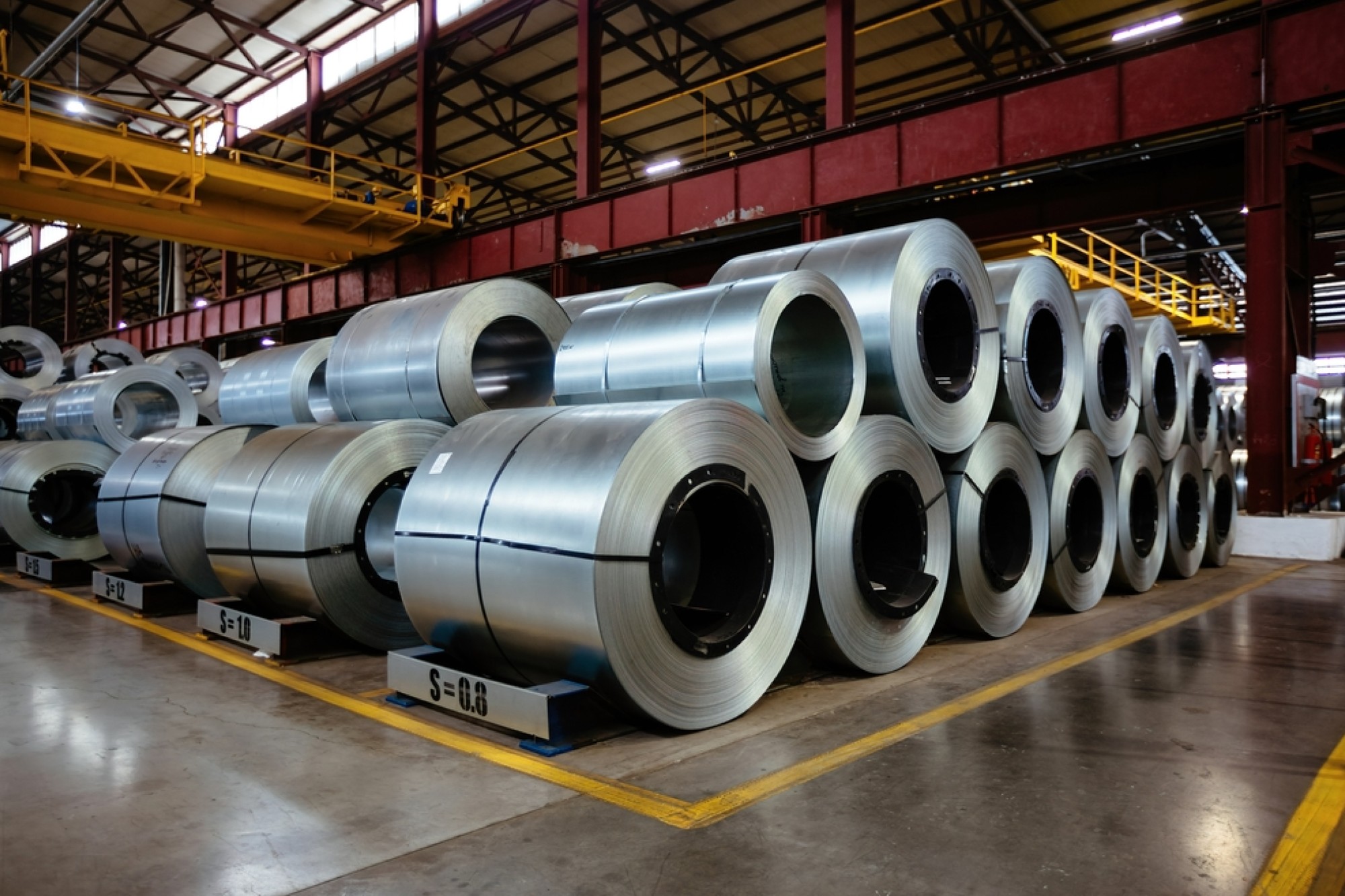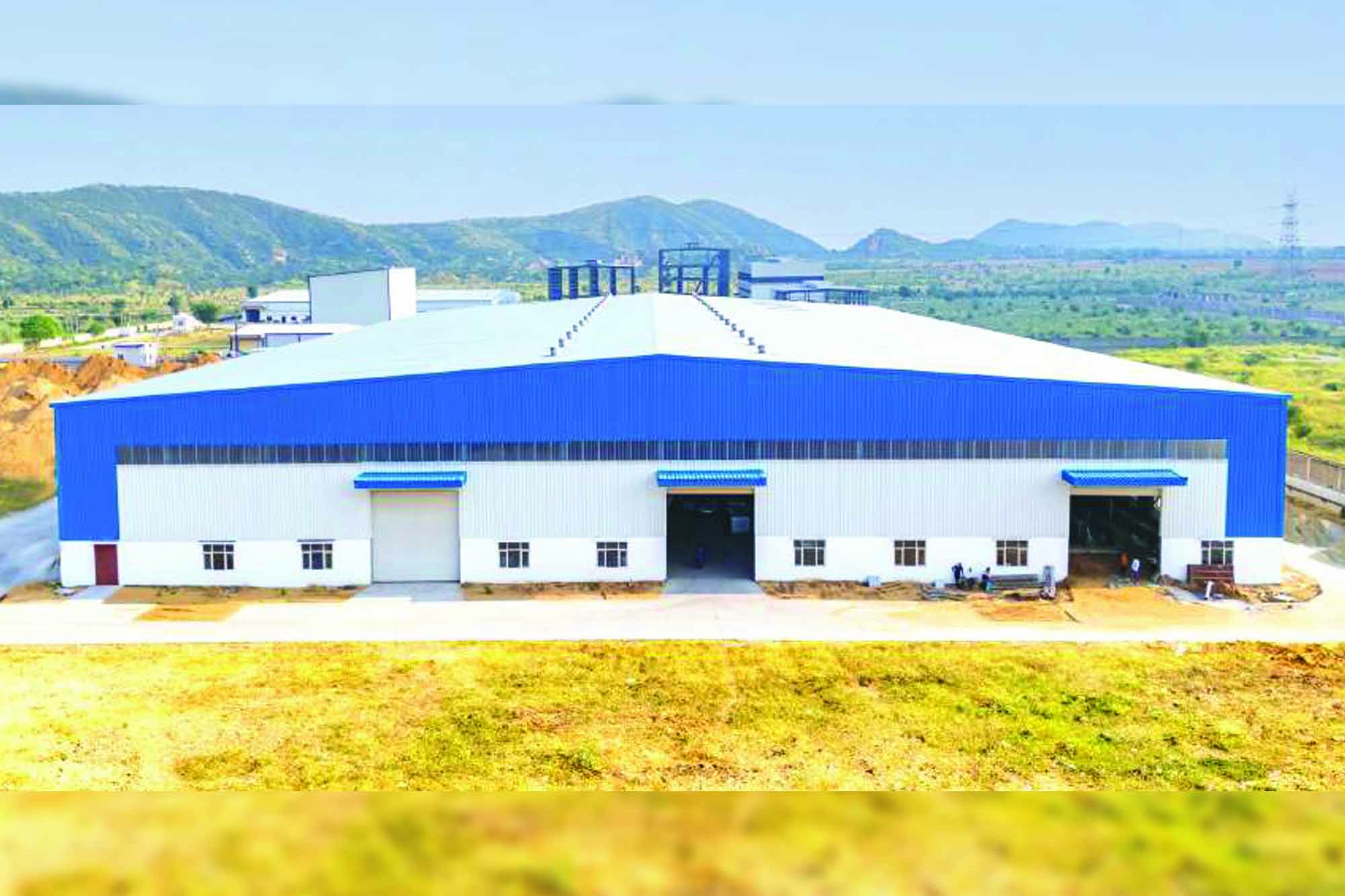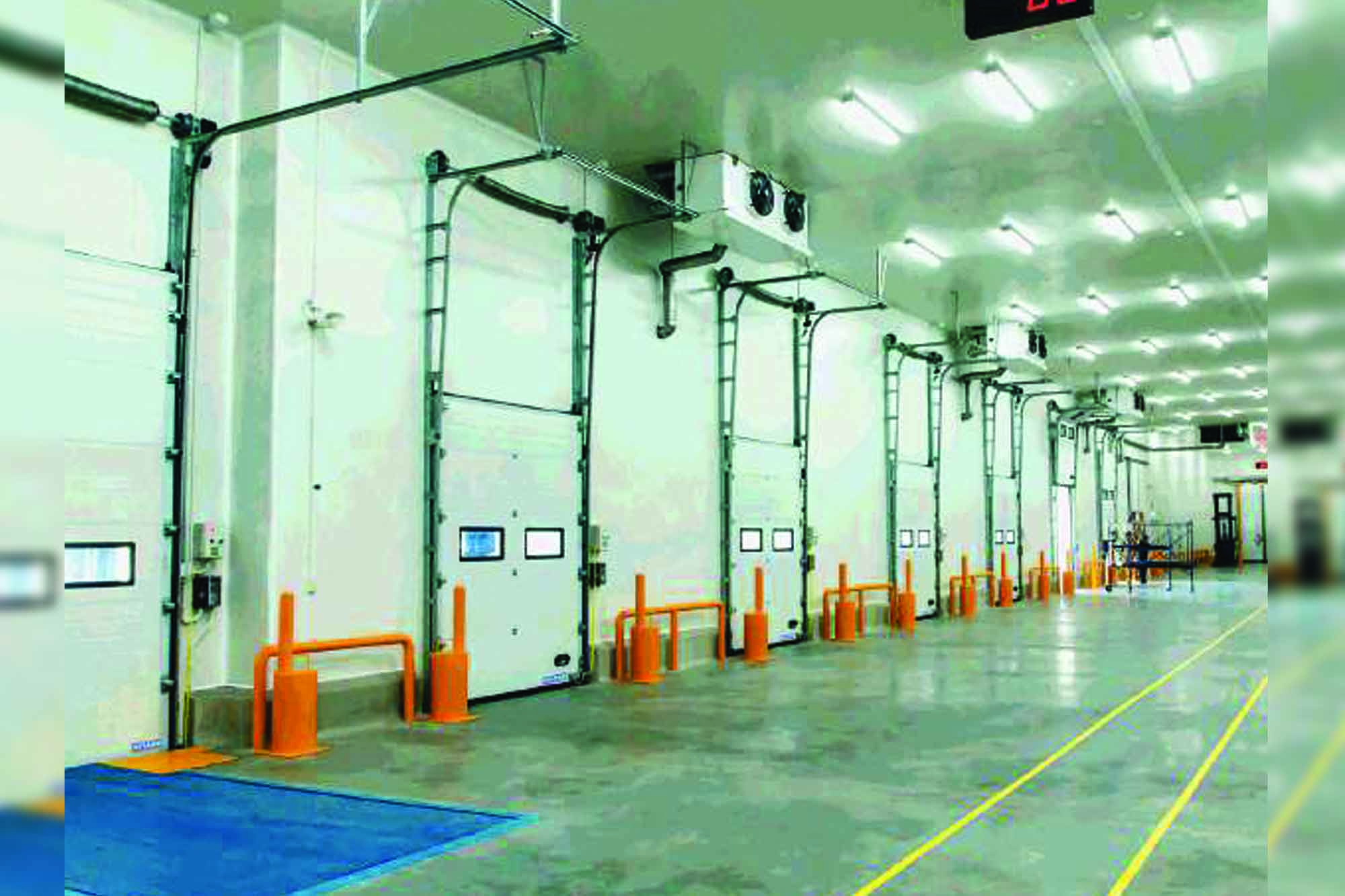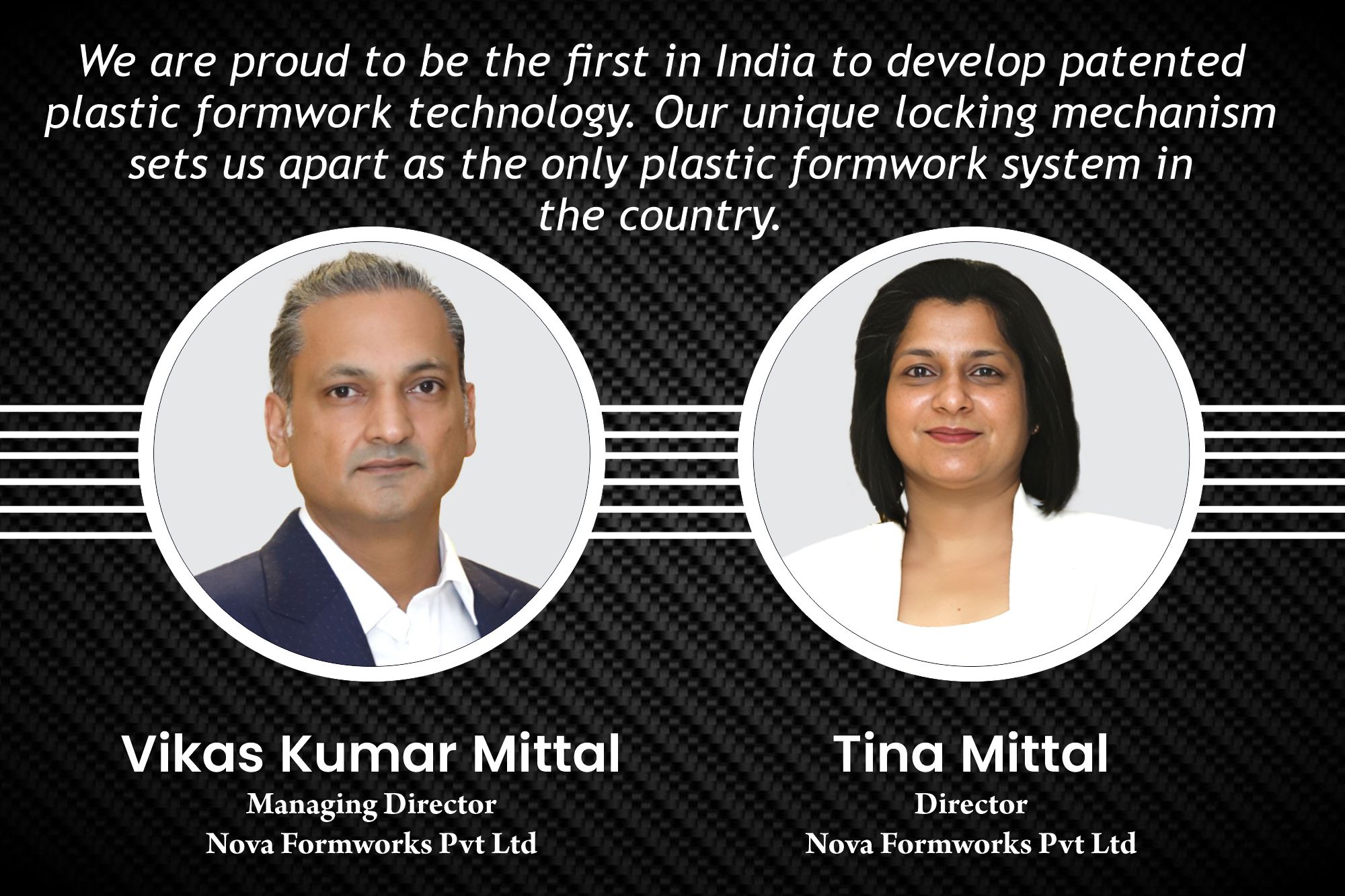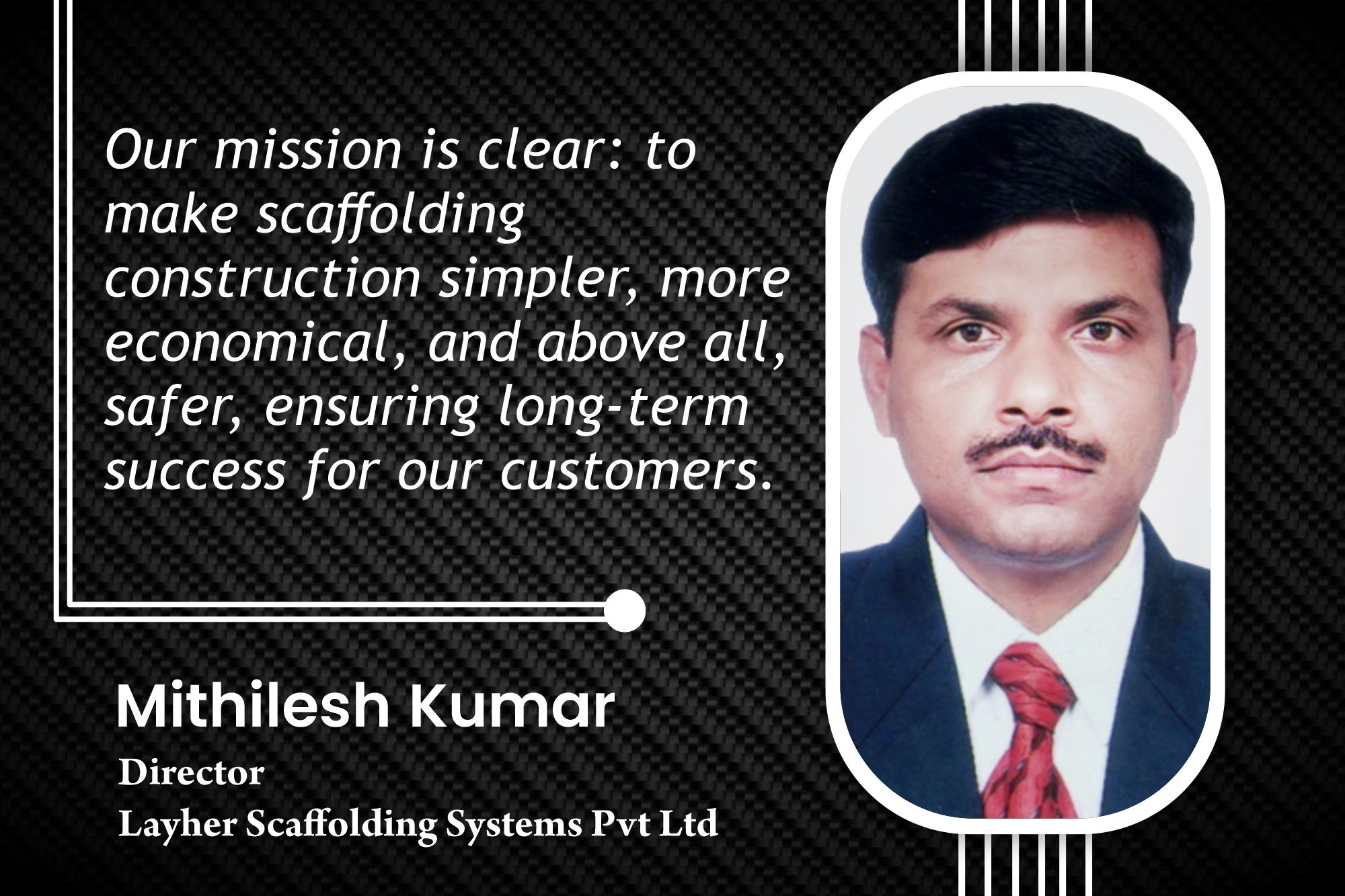Reduce structural cost of a building using ‘green’ materials
By Edit Team | September 20, 2016 11:56 am SHARE
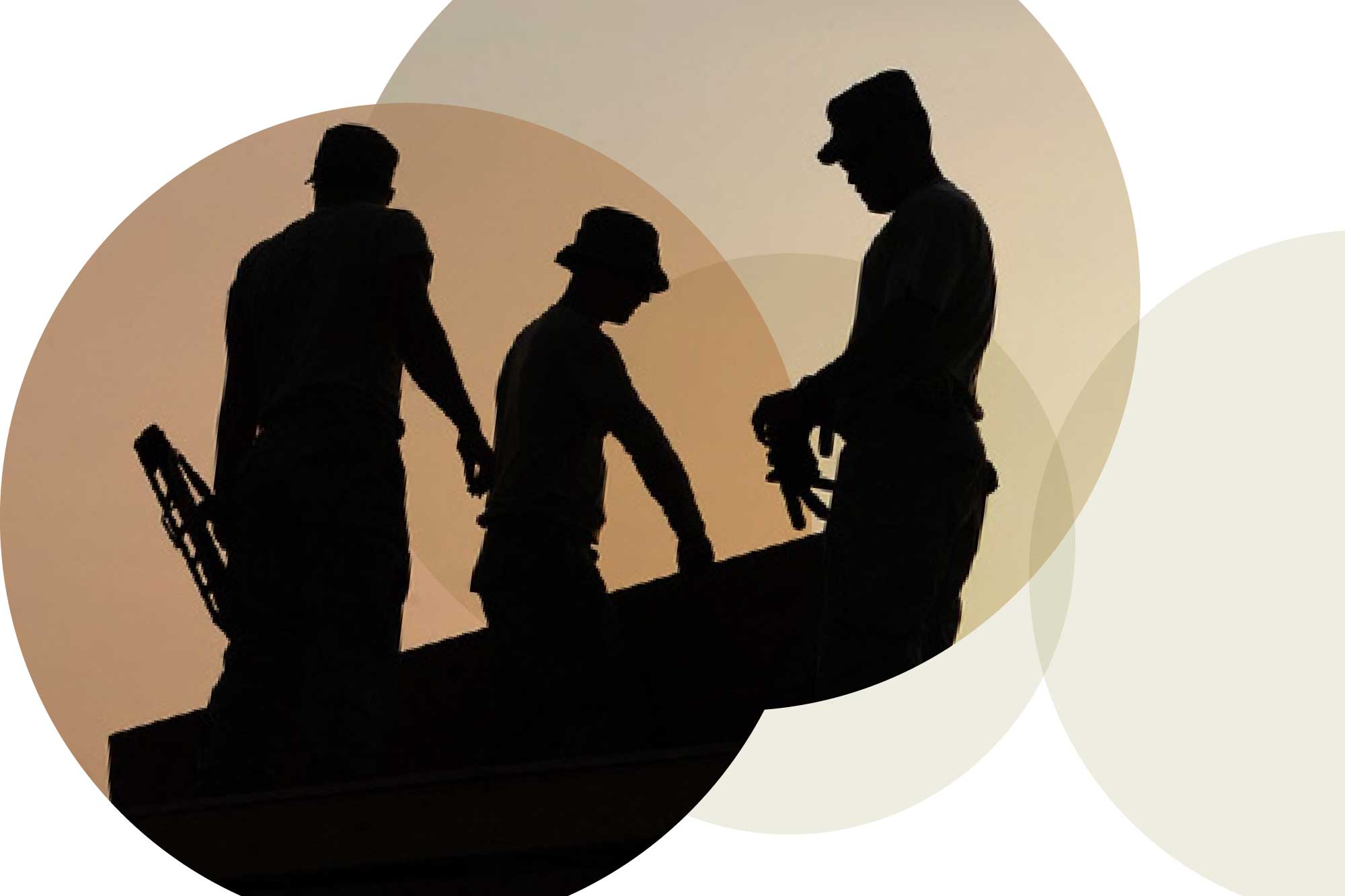
It is a misnomer that buildings adopting green building concepts in their design, build and processes incur very high initial investments and hence only premium builders can have the luxury to afford such practices for their projects. In reality however, concepts etched out in Green methodologies have in fact led to substantial decrease in the overall energy consumption both during the construction phase and continue to do so during the entire lifecycle of the building.
Although the concepts of sustainable building have been widely accepted in the market, there are unavoidable challenges toward widespread acceptance and long-term practice. Crossing green building development, there is continually growing awareness in practices, green products, and high-performance technologies among building design, development and construction. The market has shown that there are concerns on lack of accurate and quantifiable information to analyse the economic impacts of high-performance buildings. It further implies that there are hurdles in the perception of cost, such as the high cost of construction and operation. These perceived high costs have become stumbling blocks to the acceptance of green building concepts.
While dealing with complexity, emergent behaviour and the requirements of many stakeholders, the cost factor directly impacts further development on green buildings, which will be required to demonstrate value-added flow between owners and users.
There is a timely opportunity to evaluate the cost of construction and operation to determine how the strategy to reduce this cost will benefit the sustainable building industry in long run.
According to a report by JLL, “Real estate development uses about 40 per cent of the energy and it is one of the prime contributors to global warming due to the emission of Green House Gas (GHG) caused by the energy used. Therefore there is an extreme need to develop green buildings. Buildings in India consume about 20 per cent of the country’s total electricity and have a significant impact on the environment and resources indicating the need to develop green buildings in India.”
With the ever changing environment, it’s important to be environmentally conscious and proactive. It’s even more important when you consider how much money one can save by building a green home.
The methods and ways one can go about changing a building from an emission-producing powerhouse into more of a greenhouse are easy and simple concepts.
A green building uses less energy, water and natural resources. It generates less waste and provides a healthy living environment for the occupants. The benefits of green buildings depend on the extent of sustainability features taken into consideration during its design stage.
The two green building rating systems in India are LEED by IGBC and GRIHA by TERI. LEED is most popular among the ratings and the credits earned through LEED ratings can be traded in the carbon market.
Green buildings have tangible and intangible benefits. The tangible benefits accrue from the operational cost savings and reduced carbon emission credits and high rentals or capital value.
The intangible benefits are generated from the better working conditions within the building.
High-performing green buildings provide the best value for the taxpayer and for the public through both life cycle cost benefits and positive effects on human health and performance.
The government has launched the Energy Conservation Building Code (ECBC) under the National Building Codes and Standards to promote green buildings in India.
The Indian market has a huge potential estimated to about $ 365 million to develop green building materials and equipment. The CII – IGBC and other professionals are working to mitigate the challenges faced by green buildings to enable developers to develop and operate green buildings with ease.
Not only can green building products be healthier for people and good for the environment, but many green products also are less expensive than the conventional building products they replace.
Loads are a primary consideration in any building design because they define the nature and magnitude of hazards or external forces that a building must resist to provide reasonable performance (i.e. safety and serviceability) throughout the structure’s useful life.
The anticipated loads are influenced by a building’s intended use (occupancy and function), configuration (size and shape), and location (climate and site conditions).
Ultimately, the type and magnitude of design loads affect critical decisions such as material selection, construction details, and architectural configuration.
Thus, to optimise the value (i.e., performance versus economy) of the finished product, it is essential to apply design loads realistically.
The load bearing capacity of a building must be known before planning a green roof, wall or facade. A structural engineer’s advice is essential to ensure comprehensive design development, based on the building’s construction, condition and weight loading capacity.
For a green roof, wall or facade, the loads that the building structure must support include:
Dead load: The final constructed weight of all built elements and all components associated with the roof or wall
assembly: including plants, growing substrate and any water held in the system
Live load: The weight of people who will use the space, and of any mobile equipment that will be used periodically on the site, for example, maintenance (live load generally applies to green roofs, not facades or walls, however it would be appropriate on a vertical surface if a trafficable maintenance platform was built into the system) Transient load: Moving, rolling or short-term loads, including wind and seismic activity
The dead load includes loads that are relatively constant over time, including the weight of the structure itself, and immovable fixtures such as walls, plasterboard or carpet. The roof is also a dead load.
Dead loads are also known as permanent or static loads. Building materials are not dead loads until constructed in permanent position.
For the walls of a residence, there are many cost-saving alternatives that are a dramatic departure from conventionally used walling materials like solid concrete blocks.
A very effective insulated block wall system that reduces cost compared to conventional block walls made primarily of natural substances like clay which are typically 60 per cent weigh less than the conventional walling material, will automatically exert less load on the building structure thereby reducing the usage of steel in the RCC framed structures.
Here the structural cost distribution of a typical ground-plus-4 storey building is illustrated in Fig 1.
Hence optimising the influence of dead loads can lead to savings. In this regard green building materials like Wienerberger’s Porotherm Clay Hollow Blocks due to less weight can easily bring down the dead load of the structure considerably, thereby reducing the use of steel and concrete.
Being aware of energy saving benefits, making the switch from waste producing products to more environmentally friendly products, and much more.
By creating and managing a green home for you and your family to live in, not only will you be engaging in a positive atmosphere – but also you’ll be passing on the lessons and importance of surrounding environmental issues to the rest of your family.
While in the long run, going green will save you lots of money, the initial renovations needed to go green can sometimes be costly. Consider obtaining a home equity line of credit to finance your green home endeavours.
Authored by__
Kundan Dighe,
Sr. Manager – Sales & Technical,
Wienerberger India
Cookie Consent
We use cookies to personalize your experience. By continuing to visit this website you agree to our Terms & Conditions, Privacy Policy and Cookie Policy.



